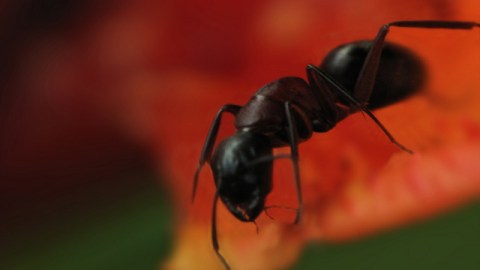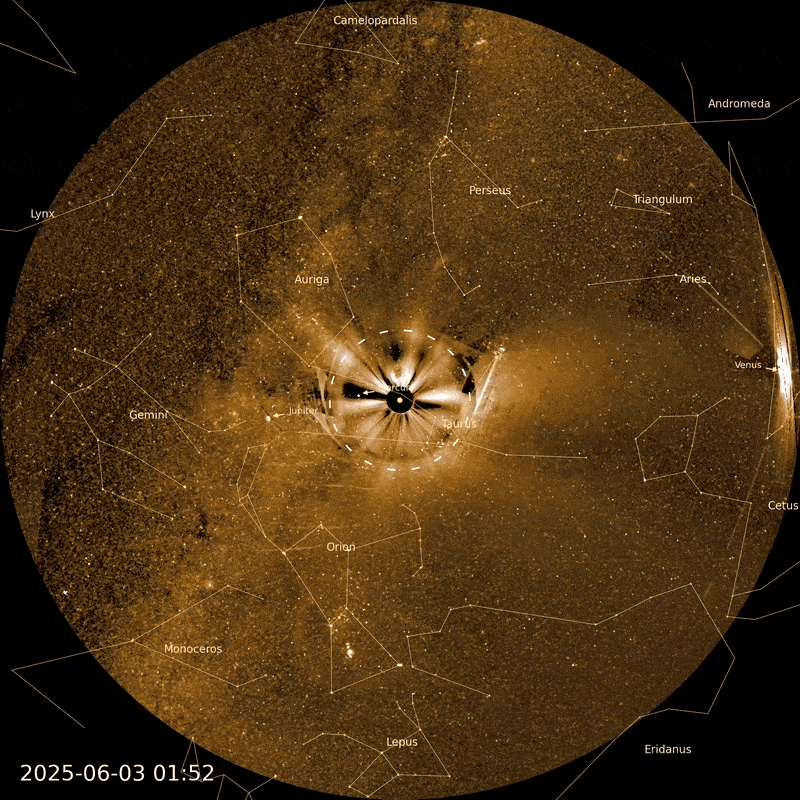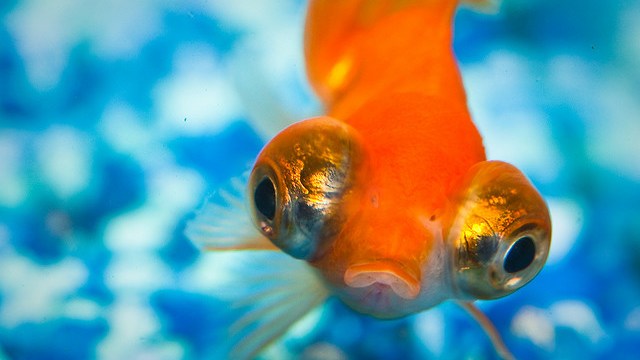“Dr. Bugs” Mark Moffett on How Ants and Humans Are Alike

Entomologist and National Geographic writer/photographer Mark Moffett knows a lot about bugs. Having studied marauder ants under renowned insect biologist Edward O. Wilson at Harvard, and then gone on to travel the world in search of insect insights, he is an authority on the ways that insect colonies regulate themselves and work together.
In his Big Think interview, Moffett talks to us about the similarities between ant colonies and human societies. According to Moffett, the way ant colonies behave can depend on their size. “The amount of information flowing through the colony, the communications, the control of the environment around the colony, the importance of self-reliance declines as colonies get bigger and more division of labor occurs,” says Moffett, explaining that there can be teams and assembly lines that form in bigger colonies, not unlike the way we divide work in large human societies. “There’s more infrastructure, things like mass transit emerge in large ant societies. Even features of the market economy come out in the larger ant societies.”
In bigger ant societies—like in big cities—says Moffett, individual ants flow past each other while constantly taking in information about what all the other ants are doing as they pass. “An ant might discover that a lot of workers are out there collecting food and maybe not enough are taking out the trash,” notes Moffett. “And so it may decide what to do that day based on this information. And how the information flowing through the colony really accelerates the bigger the society is, both for ants and for humans.”
Moffett also told us about some of the things human societies can learn from the way ant colonies behave—particularly in terms of how they address public health and safety issues. He notes that ants have, over the course of millions of years, put a lot of effort into infrastructure that is meant to keep their colonies healthy.
“A leafcutter ant for example, will have giant trash bins sometimes 20 or 30 feet underground,” says Moffett. “These, in some cases can be big enough for a person to get in. And you’ve got to ask yourself, how many centuries of combined ant labor it would take to carve out a cistern that huge, that far underground when you’re an ant. That’s like miles down in human terms. And they use that just for their garbage. And it’s very important to them because these particular ants are agricultural. They grow fungi and they have to keep all diseases away from their public gardens. And humans have yet to quite figure out how important that is.”





